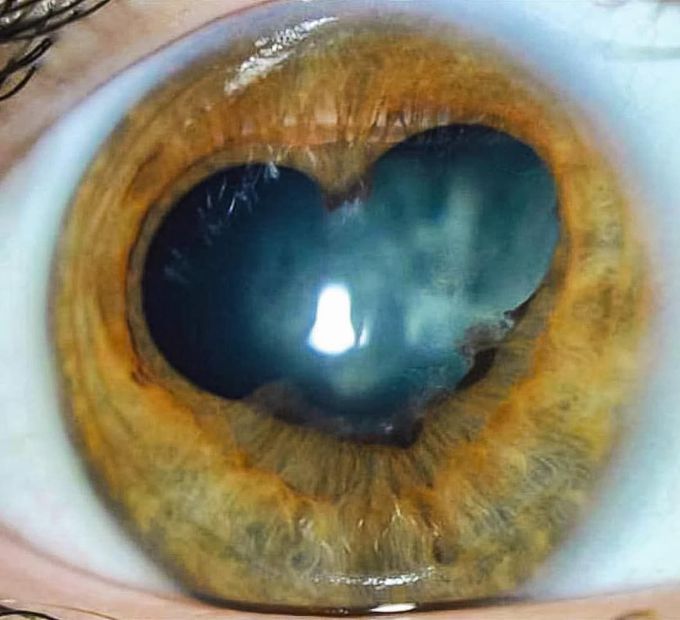


The eyes you get when you see your crush! 😍
Joking aside, this is actually a case of heart-shaped posterior synechiae secondary to uveitis. Synechiae are adhesions that are formed between adjacent structures within the eye usually as a result of inflammation. In posterior synechia, the iris adheres to the lens, blocking the flow of aqueous humor from the posterior chamber to the anterior chamber. This blocked drainage raises the intraocular pressure. Mydriatic/cycloplegic agents are useful in breaking and preventing the formation of posterior synechia by keeping the iris dilated and away from the lens. Dilation of the pupil in an eye with the synechia can cause the pupil to take an irregular, non-circular shape (Dyscoria) as shown in the photograph. To subdue the inflammation, topical corticosteroids are often used and in some cases, surgical intervention is required. Photo credit: @optometry.case
Hemodynamic stimuli&nonhemodynamic stimuliEffects of sugar on teeth

